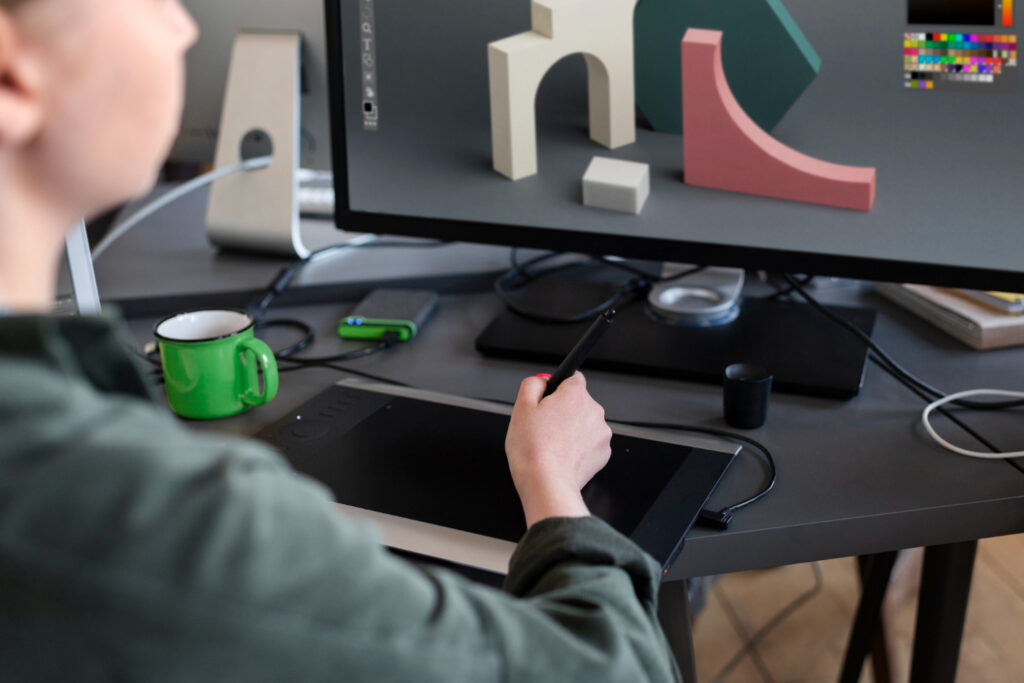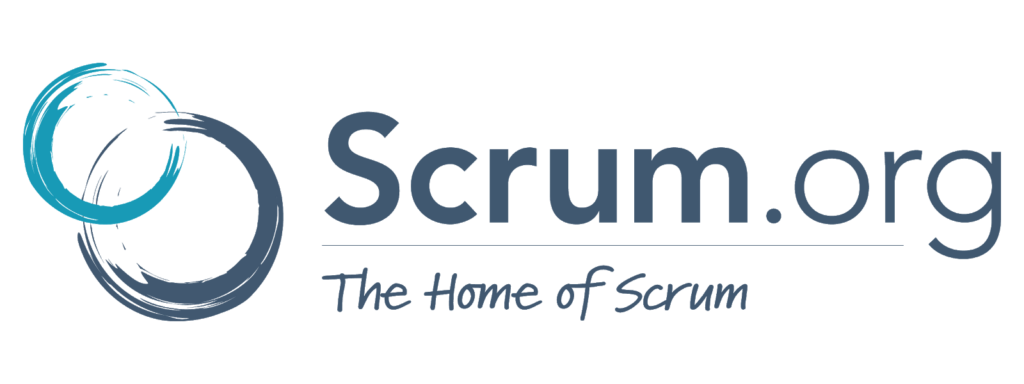Rapid Game Prototyping: Test Your Vision Faster
In the fast-paced world of game development, the ability to quickly iterate on ideas and concepts is paramount. Rapid game prototyping has emerged as a critical methodology that allows developers to test their visions faster, reducing time-to-market and enhancing the overall quality of the final product. This article delves into the intricacies of rapid game prototyping, exploring its methodologies, tools, and real-world applications, while also referencing relevant research and statistics that underscore its importance in the gaming industry.

Prototyping rapidly refines game concepts, reducing time-to-market significantly.
Understanding Rapid Game Prototyping
Rapid game prototyping is a development approach that emphasizes speed and efficiency in creating playable versions of a game. This process allows developers to visualize their ideas, test gameplay mechanics, and gather feedback early in the development cycle. The primary goal is to validate concepts before committing significant resources to full-scale production.
According to a study by the International Game Developers Association (IGDA), 70% of game developers reported that prototyping significantly improved their project outcomes. This statistic highlights the effectiveness of rapid prototyping in identifying potential issues and refining gameplay elements before they become entrenched in the development process.
Key Methodologies in Rapid Game Prototyping
1. Iterative Design
Iterative design is a cornerstone of rapid game prototyping. This methodology involves creating a series of prototypes, each building upon the lessons learned from the previous iteration. By continuously refining gameplay mechanics, art assets, and user interfaces, developers can hone in on what works and what doesn’t.
For instance, the development team behind the critically acclaimed game “Journey” utilized iterative design to refine their multiplayer mechanics. By creating multiple prototypes that tested different approaches to player interaction, they were able to create a seamless experience that resonated with players.
2. Agile Development
Agile development complements rapid prototyping by promoting flexibility and collaboration among team members. Agile methodologies, such as Scrum or Kanban, allow teams to adapt to changing requirements and incorporate feedback quickly. This is particularly beneficial in game development, where player expectations and market trends can shift rapidly.
A notable example of agile development in action is the game “Fortnite,” developed by Epic Games. The team employed agile practices to iterate on gameplay features and respond to player feedback, resulting in a game that evolved significantly over time, maintaining player engagement and satisfaction.
Scrum Inc. fosters fast iteration and adaptability in game projects.
3. Playtesting and Feedback Loops
Playtesting is an integral part of the rapid prototyping process. By involving players early and often, developers can gather valuable insights into gameplay mechanics, user experience, and overall enjoyment. Feedback loops allow teams to make informed decisions based on real player interactions rather than assumptions.
Research conducted by the University of Southern California found that games that underwent extensive playtesting during the prototyping phase had a 30% higher player retention rate compared to those that did not. This statistic underscores the importance of incorporating player feedback into the development process.
Tools and Technologies for Rapid Prototyping
1. Game Engines
Modern game engines such as Unity and Unreal Engine have revolutionized the rapid prototyping landscape. These engines provide robust tools for creating interactive experiences without the need for extensive coding knowledge. Unity, for example, offers a visual scripting tool called Bolt, which allows designers to create gameplay mechanics through a node-based interface.
Unreal Engine, on the other hand, features Blueprints, a powerful visual scripting system that enables developers to prototype complex gameplay mechanics quickly. Both engines support rapid iteration, allowing teams to test and refine their ideas in real-time.
2. Prototyping Tools
In addition to game engines, various prototyping tools have emerged to facilitate the rapid development of game concepts. Tools like Construct and GameMaker Studio allow developers to create 2D games with minimal coding, making them ideal for rapid prototyping.
Furthermore, platforms like FigJam and Miro provide collaborative environments for brainstorming and designing game mechanics, enabling teams to visualize their ideas and gather feedback in real-time.
Real-World Applications of Rapid Game Prototyping
1. Indie Game Development
Indie developers often operate with limited resources, making rapid prototyping an essential strategy for success. Games like “Celeste” and “Hollow Knight” began as prototypes that were refined through player feedback and iterative design. The success of these titles demonstrates how rapid prototyping can lead to innovative gameplay experiences that resonate with players.
2. AAA Game Development
Even large studios have embraced rapid prototyping to streamline their development processes. For example, the team behind “The Last of Us Part II” utilized rapid prototyping to test various gameplay scenarios and narrative elements. By creating multiple prototypes for key gameplay sequences, they were able to identify the most impactful moments and refine the overall player experience.
Challenges and Considerations
While rapid game prototyping offers numerous benefits, it is not without its challenges. One significant hurdle is the potential for scope creep, where the desire to iterate and improve can lead to an ever-expanding project scope. To mitigate this risk, teams should establish clear goals and timelines for each prototype iteration.
Additionally, balancing speed with quality can be difficult. Developers must ensure that the prototypes are functional enough to gather meaningful feedback while avoiding the temptation to polish them excessively. Striking this balance is crucial for maintaining the efficiency of the rapid prototyping process.
Conclusion
Rapid game prototyping is an invaluable approach that empowers developers to test their visions faster and more effectively. By leveraging methodologies such as iterative design, agile development, and playtesting, teams can create engaging gameplay experiences that resonate with players. The use of modern tools and technologies further enhances the prototyping process, enabling developers to bring their ideas to life with unprecedented speed.
In summary, the key takeaways from this exploration of rapid game prototyping include the importance of iterative design, the benefits of agile methodologies, the value of player feedback, and the role of modern tools in facilitating rapid development. As the gaming industry continues to evolve, embracing rapid prototyping will be essential for developers seeking to innovate and succeed in a competitive landscape.

